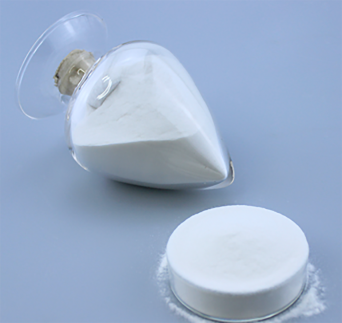
Août . 05, 2024 21:52 Back to list
Exploring Leading Manufacturers of Hydroxypropyl Methyl Cellulose for Diverse Industrial Applications
The Role of Hydroxypropyl Methyl Cellulose in Various Industries
Hydroxypropyl methyl cellulose (HPMC) is a non-ionic cellulose ether that has gained significant popularity across various industries due to its unique properties and versatility. As a leading product manufactured by numerous companies worldwide, HPMC serves critical functions in construction, pharmaceuticals, food processing, and cosmetics.
What is HPMC?
HPMC is derived from cellulose, a natural polymer found in plants. Through a series of chemical modification processes, cellulose is transformed into HPMC, which exhibits several essential characteristics water solubility, thickening, suspending, and film-forming capabilities. The structure of HPMC allows it to form a clear gel when mixed with water, making it an excellent additive for numerous applications.
In Construction
One of the most significant uses of HPMC is in the construction industry, particularly in the preparation of cement-based materials such as tile adhesives, plasters, and paints. HPMC enhances the workability of these materials, providing better adhesion and improving the flow of substances during application. Additionally, it helps to retain water, which is essential for the curing process of cement products. This property ensures that projects not only have longer open times, allowing for easier application, but also achieve optimal setting and ultimate strength.
In Pharmaceuticals
hydroxypropyl methyl cellulose manufacturer

HPMC plays a crucial role in the pharmaceutical sector, serving as an excipient in the formulation of tablets and capsules. Its ability to form gels and its biocompatibility make it an ideal choice for controlled-release drug delivery systems. HPMC can help modulate the release of active pharmaceutical ingredients, allowing for more consistent therapeutic effects. Moreover, it is also used in eye drops and other liquid formulations due to its viscosity-enhancing capabilities, ensuring proper lubrication and moisture retention.
In Food Processing
HPMC has also gained recognition in the food industry, where it is utilized as a food additive. It acts as a thickener, stabilizer, and emulsifier, contributing to the texture and consistency of various food products. With its non-toxic and biodegradable nature, HPMC is a preferred choice among food manufacturers aiming to maintain product quality while adhering to health regulations. Additionally, it is often used in gluten-free and low-calorie products, helping to enhance texture without compromising health factors.
In Cosmetics and Personal Care
In the realm of cosmetics, HPMC is valued for its thickening and film-forming properties. It is commonly found in lotions, creams, and gels, enhancing texture and providing a pleasant feel on the skin. HPMC can stabilize emulsions, ensuring that oil and water phases remain mixed, which is crucial for product integrity and effectiveness. Its hypoallergenic nature makes it suitable for sensitive skin formulations, further broadening its appeal in the cosmetics market.
Conclusion
As a versatile and valuable ingredient, hydroxypropyl methyl cellulose has established itself as a staple in multiple industries. Manufacturers around the globe recognize its unique properties and benefits, leading to its widespread use. Whether in enhancing the performance of construction materials, improving pharmaceuticals, optimizing food products, or developing cosmetics, HPMC continues to be a vital component that drives innovation and quality across various applications. With growing demand and increasing regulatory scrutiny, the role of HPMC manufacturers will be essential in ensuring the availability of high-quality materials that meet global standards, benefitting consumers and industries alike.
-
Why HPMC is a Key Additive in Wall Putty Formulations
NewsAug.05,2025
-
Redispersible Powder in Decorative Renders: Function Meets Finish
NewsAug.05,2025
-
Redispersible Powder for Interior Wall Putty: Smooth Results Every Time
NewsAug.05,2025
-
HPMC’s Water Retention Capacity in Dry Mortar Applications
NewsAug.05,2025
-
HPMC Factory Contributions to Liquid Detergents
NewsAug.05,2025
-
How HPMC Factory Products Change Detergent Textures
NewsAug.05,2025







